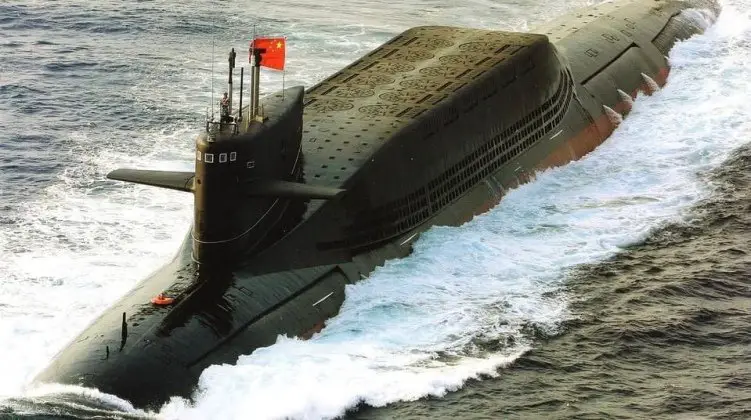<p >South Korean military sources have reported signs indicating that&nbsp; North Korea has begun construction of its first nuclear powered submarine. Sources in the south’s armed forces and the National Assembly were cited by local media indicating that work on the warship had begun. North Korea has for decades fielded the world’s most numerous submarine fleet, and has over the last eight years made revolutionary advances in fielding ships with new capabilities. This included the fielding of its first&nbsp; ballistic missile submarine from the mid-2010s, followed by its first cruise missile submarine in 2023, and an unmanned nuclear armed submarine drone <a href=" target="_blank">tested from April 2023</a>. Although officials from the country have on several occasions referred to the goal of developing a nuclear powered submarine, it remains entirely unknown whether the ship will be a ballistic missile submarine, which will carry strategic nuclear weapons as a second stage deterrent, or an attack submarine which could carry nuclear and conventionally armed cruise missiles and torpedoes. The possibility also remains that a single design will be built in two variants for both roles, much as the U.S. Navy’s Ohio Class submarines have been.</p><p ><img src=" title="U.S. Navy Ohio Class Submarine "></p><p >Nuclear powered submarines are prized for their much greater endurances compared to conventionally powered ships like those North Korea currently fields, and can stay under water for months at a time giving them an effectively unlimited range. For ballistic missile submarines, this significantly complicates efforts by adversaries to destroy a country’s intercontinental range nuclear deterrent, which is particularly valuable due to the relatively small size of North Korea’s territory and its resulting limited strategic depth. This also allows strikes to be launched from unexpected directions where missile defences are not heavily built up – such as strikes on the United States mainland from across its southern border. For attack submarines, it would allow North Korean ships to launch cruise missile strikes against targets anywhere in the world, including striking key arms depots and military bases on the United States mainland and across the Pacific.&nbsp;</p><p ><img src=" title="Submarine Launch of North Korean Pukkuksong-3 Ballistic Missile"></p><p >The ability to strike American military targets far beyond the Korean Peninsula, and if necessary to retaliate in kind to strategic attacks on its population centres, has been highly prized by North Korea for decades. During the Korean War the United States had been able to bombard Korean cities with impunity, levelling all buildings over two stories and dousing population centres from end to end with napalm, with North Korea’s inability to retaliate proportionally having significantly weakened both its strategic position and its position at the negotiating table. The White House has seriously considered launching nuclear attacks on North Korean targets both during the war and on multiple occasions afterwards, with both the Barak Obama and Donald Trump administration having come close to launching unprovoked attacks on the country. North Korea first <a href=" target="_blank">gained the ability </a>to strike the United States mainland with nuclear weapons in 2017 with the development of the <a href=" target="_blank">Hwasong-14 and Hwasong-15</a> intercontinental range ballistic missiles, which was seen as a turning point in its ability to deter U.S. and Western military action.</p><p >North Korea has since 2017 continued to&nbsp;<a href=" target="_blank">strengthen its deterrent</a>, with the development of a nuclear powered submarine expected to bolster this significantly further. Building such a ship would make North Korea the seventh country in the world with nuclear powered submarines after the United States, China, Russia, <a href=" target="_blank">India</a>, France and the United Kingdom.&nbsp;It has been speculated since 2022 that Russia could provide support for North Korea’s longstanding nuclear submarine program to help pay for the large scale <a href=" target="_blank">ongoing transfers</a> of armaments from the East Asian country to the Russian Armed Forces. Such support may well have been a major factor bringing forward the date at which construction begins, with a significant possibility remaining that the Korean People’s Army Navy will field its first nuclear powered ship around the year 2030.</p>
U.S. Mainland in the Crosshairs: North Korea Begins Construction of First Nuclear Powered Submarine – Reports

